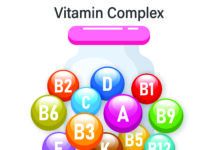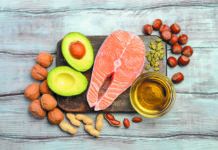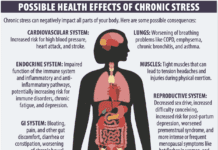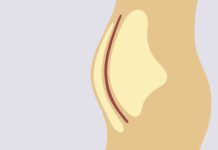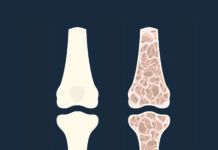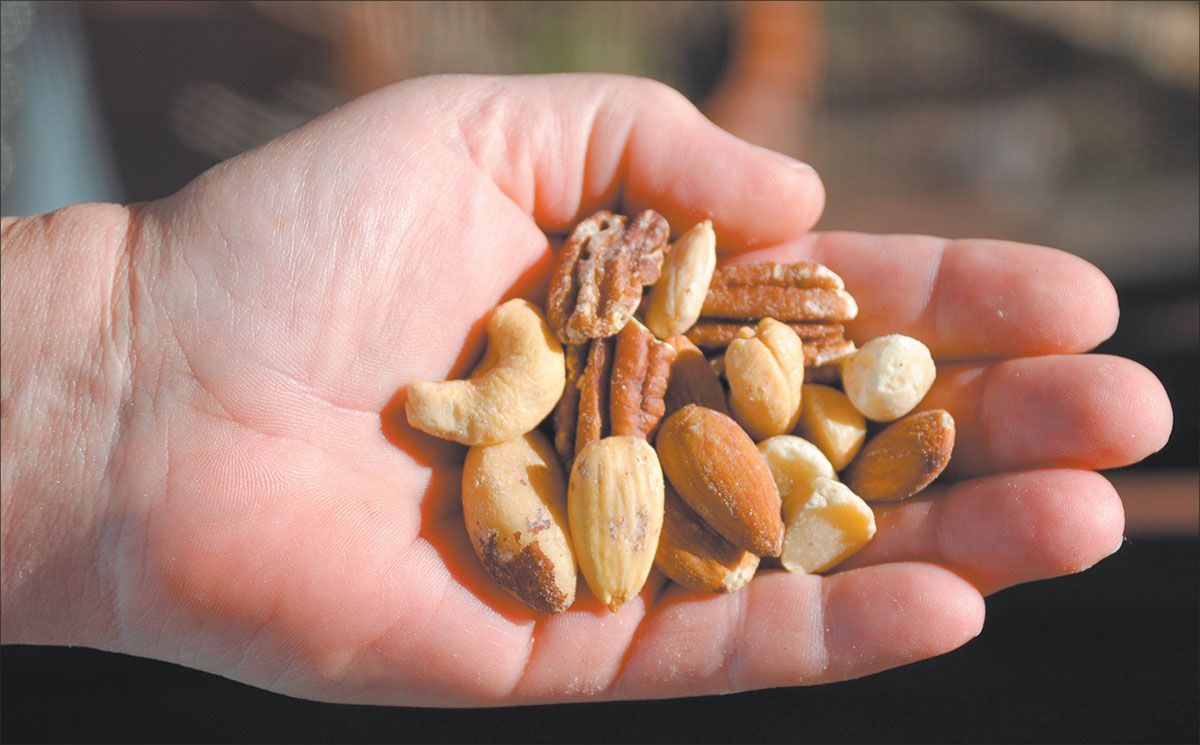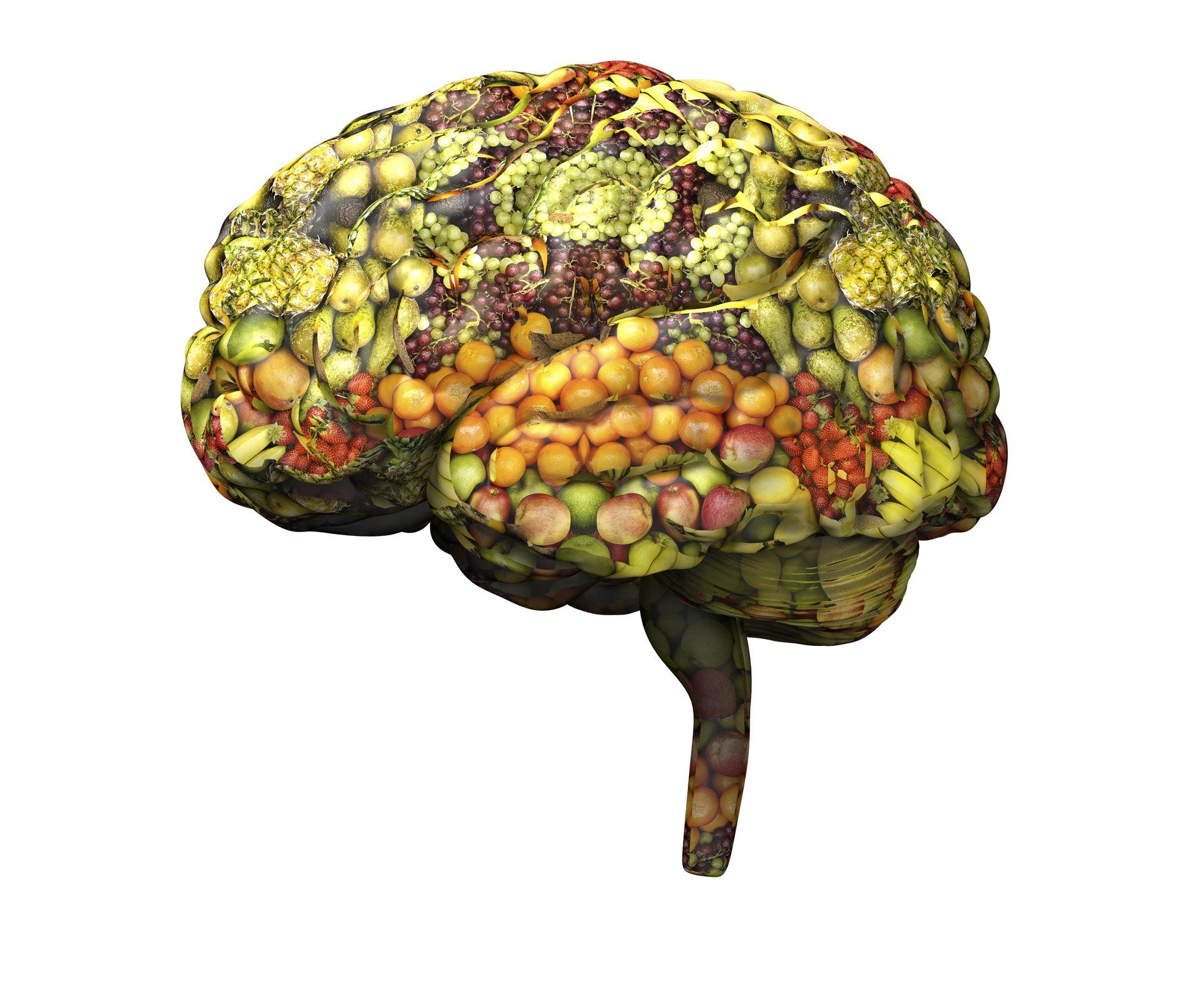The Health Benefits of Nuts
B Vitamins
What are Superfoods?
A Word about Eggs and Dairy
Page 37
A Word about Eggs and Dairy
Eggs and dairy products are excellent protein sources. Eggs were off the menu for many years for people with elevated cholesterol levels because of their high cholesterol content. However, the latest research has determined that dietary cholesterol (cholesterol from food) doesnt actually raise blood cholesterol levels for most people, although the saturated fat found in most high-cholesterol foodsmight. Other research has shown that egg consumption is not significantly associated with a higher risk of coronary artery disease or type 2 diabetes.
Eggs (and shellfish such as shrimp) are in the minority of foods high in cholesterol but relatively low in saturated fat, so they are now back on the menu in limited amounts. Most people can safely consume up to five to seven eggs per week as part of an overall healthy diet.
Dairy foods provide protein, and they contain other key nutrients that may protect against disease risk. A cup of milk provides eight grams of protein. Greek yogurt has about twice the protein of regular yogurt (around 16 grams per single-serving container). Fermented dairy products, such as yogurt and kefir (keh-FEER, a yogurt drink fermented with yeast in addition to beneficial bacteria), are probiotics that offer many health benefits, not the least of which include supporting gut andimmune health.
The 2015-2020 Dietary Guidelines for Americans recommend fat-free or low-fat (1%) milk, which is lower in calories and saturated fat, as well as plain, low-fat yogurt to avoid refined sugars. The Dietary Guidelines also state that, although its okay to eat cheese in moderation, cheese contains more sodium and saturated fat and less potassium, vitamin A, and vitamin D, than milk or yogurt. More than 80 percent of people in the U.S. fall short of their daily dairy recommendation, which is 3 cups for adults.
With about 300 milligrams of calcium per 8 ounces of milk or plain, low-fat yogurt, meeting your daily dairy quota goes a long way toward fulfilling your daily calcium goal. It is recommended that women ages 51 and older consume 1,200 milligrams (mg) of calcium per day, men ages 51 to 70 get 1,000 mg per day, and men ages 71 and older get 1,200 mg per day. Growing evidence suggests it may be best to get the majority of your calcium from foods, rather than supplements, to help guard against excessive intake of calcium and imbalances in bone nutrients.
To get more dairy in your diet, try using milk in food preparation (to cook oatmeal or to make broth-based soups creamier, for example). If digesting milk is a problem, look for lactose-free options. If a milk substitute is more appealing, make sure it is fortified with calcium and vitamin D, and watch out for added sugars. Also, be aware that, with the exception of soymilk, plant-based milks contain little or no protein.
To learn more about healthy eating habits that can improve your life, purchase a copy of Change Your Diet, Change Your Life from Tufts Health & Nutrition Letter.
Meet the MIND Diet
Low-Fat Doesnt Necessarily Mean Healthy
Page 44
Low-Fat Doesnt Necessarily Mean Healthy
For a packaged food to carry a low-fat claim, it has to have three grams or less of total fat for a given reference amount established by the FDA. One objective of a recent cross-sectional study was to determine whether packaged foods with nutrient claims such as low-fat or no or free of nutrients such as sugar or sodium were truly more nutritious.
The researchers looked for low- or no-content claims on the more than 80 million foods and beverages purchased over a 5-year period. Using a scanner, participants scanned barcodes on all packaged foods and beverages purchased for their households. Thirteen percent of the food and thirty-five percent of the beveragespurchased had some kind of low-content claim. For foods and beverages, respectively, low-fat claims were the most common (10% and 19%), followed by low-calorie (3% and 9%), low-sugar (2% and 8%), and low-sodium (2% for both).
While foods with the low-content claims on the label had lower calories, total sugar, total fat, and sodium compared with purchases with no claim, this did not necessarily translate into better overall nutrition profiles, and healthfulness of the products varied substantially. Low-fat cookies, for example, often have the samehigh amount of added sugar as regular cookies, so, while they have less fat, they are still not a healthful choice. Also, a reduced-fat claim only compares the product to its regular, full-fat version, which means the claim cant be compared across products. The authors concluded that low-content claims like low-fat have the potential to mislead consumers about the overall nutritional quality of thefood or beverage they are purchasing.
Source: Journal of the Academy of Nutrition and Dietetics, March 2017
To learn more about healthy eating habits that can improve your life, purchase a copy of Change Your Diet, Change Your Life from Tufts Health & Nutrition Letter.







